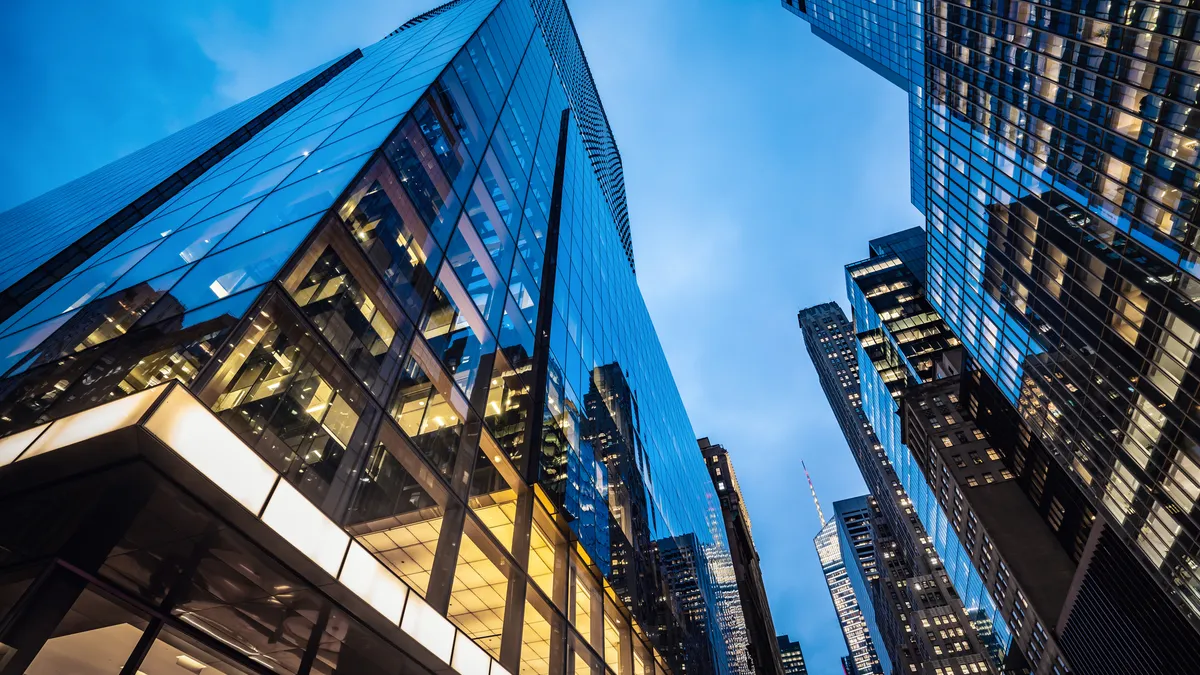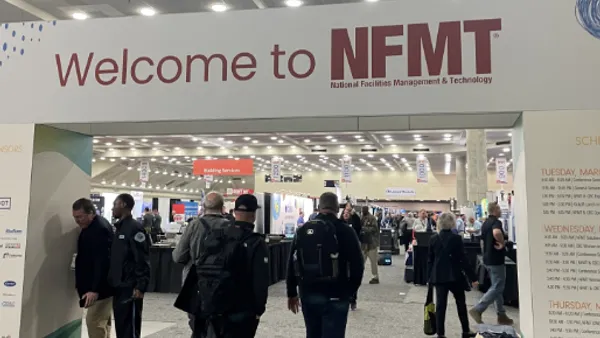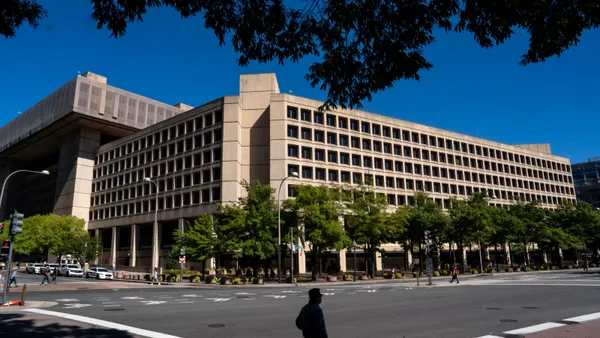Dive Brief:
- An online public hearing Tuesday saw contentious debate over proposed penalties for noncompliance with a New York City law requiring annual greenhouse gas emissions limits for buildings.
- The Department of Buildings hearing preceded Tuesday’s deadline to submit comments on the proposed amendments to Local Law 97, which would require approximately 16,500 properties in New York City to reduce their emissions beginning in 2024 and reach carbon neutrality by 2050.
- While supporters said the proposed two-year reprieve on penalties in certain conditions gives owners time they need to comply, critics said that only a small percentage of buildings are not in compliance and building owners have had sufficient time to prepare.
Dive Insight:
The Department of Buildings’ Sustainability Bureau will use the comments to inform its final version of the Local Law 97 rule package, it said.
New York City Public Advocate Jumaane Williams, who is running for governor of New York, said that while passing Local Law 97 was an “immense victory” for the city and climate, for it to make an impact, “it must be fully implemented, fully enforced and fully funded.” Williams and others spoke out against a proposed two-year delay of enforcement for owners who are out of compliance with Local Law 97 if they are making a “good-faith effort” to comply.
Williams noted that the law was “not a surprise,” and that building owners and operators have had five years to come into compliance. “Allowing two more years of harmful emissions will do permanent harm to our climate. .. Such a rule would also create context and precedent for further extensions, allowances and delays once [that] two-year period lapses,” he said.
Calling Local Law 97 a success already “by all measures,” District 1 City Council member Christopher Marte said that most buildings the law covers are already compliant. “Now is not the time to give the remaining landlords a loophole to skirt their responsibility and avoid reducing emissions,” he said.
John Rath of the New York Shield Thermal Energy Organization said that while his organization has members working on geothermal heating and cooling projects that help buildings electrify and meet existing Local Law 97 requirements, some members have lost competitive contracts because it is easy for owners to fall back on fossil fuels.
“We’re looking only for a level playing field that we believe the current Local Law 97 will provide,” Rath said in his testimony. “Rollbacks to the current rules, such as extending compliance deadlines for two years and allowing for unnecessary renewable energy credits, are not leveling the playing field.”
Others, such as council member James Gennaro, disagreed. Gennaro said he sees the two-year delay in penalties for owners falling behind on net-zero compliance as a way to “make sure that they do give ultimate compliance.”
Danielle Manley, manager of policy at the Urban Green Council, also spoke in favor of allowing good-faith efforts. “The reality is that the industry has been navigating the impacts of the pandemic’s supply chain disruptions and time for rulemaking,” Manley said. “We feel that the proposed approach to good faith is practical and balanced because there’s enormous value in getting buildings on track with a much bigger 2030 carbon savings and on track to 2050.”
Michael Hernandez, New York policy director at Rewiring America, echoed that while a two-year grace period is not ideal, “it is important that the focus of Local Law 97 implementation remains on significant emission reductions needed to achieve a 40% reduction by 2030.”
Other hearing participants voiced concern about the challenges of defining “good-faith efforts” – and deciding who gets to do so. Donna De Costanzo, Eastern region director of the climate and clean energy program at the National Resource Defense Council, called for “a clear definition” and urged the city to establish a framework that will put it on a path to achieving net-zero buildings by 2050.
Council member Marte said the Department of Buildings “currently doesn’t have the capacity to review every compliance plan for those requesting a delay.” Providing this proposed leeway would create a “massive influx of paperwork,” which would delay the program even further, he said, adding that it’s unfair to make the DOB do that extra work “just because owners chose not to.”
Renewable energy certificate debate
Another portion of Local Law 97 that drew discussion and criticism involves renewable energy certificates building owners could purchase to deduct or offset annual building emissions. Critics at the hearing said that the current rules governing the purchase of RECs are too loose, will not help the city meet its pollution reduction goals and give noncompliant owners a loophole to avoid reducing direct emissions.
“Failing to limit renewable energy credits, and allowing buildings to fully offset their electricity emissions, creates a significant loophole for wealthy building owners,” District 33 City Council member Lincoln Restler said at the hearing. “With unlimited RECs, buildings could buy their way out of 68% of the total emissions reduction targets in the law. Almost 70% of the target emissions would keep polluting our city indefinitely.”
Speaking for the Urban Green Council, Manley said the law only allows owners to offset emissions by buying local RECs, and “few, if any, RECs that meet the law’s criteria exist today.” The UGC representative also noted that the decarbonization plan prohibits the use of RECs in the first compliance period, which helps to ensure that work is done in the buildings, but it does support further limits on RECs.
Manley also spoke in support of a proposed new beneficial electrification credit for properties that install and use electric heating, cooling, and domestic hot water equipment that meets specific minimum efficiency requirements, which would allow buildings to mitigate penalties until 2036. She called the beneficial electrification credit a “transformational, but today largely overlooked, new feature that has enormous potential to jumpstart the electrification market,” and noted that the timeline for the beneficial electrification credit also aligns “well with New York City’s law phasing out fuel oil No. 4.”
Chris LaRoe, senior director for public policy and regulatory affairs at Brookfield Renewable, added that all energy credits or RECs serve as a “viable and vital” component of the clean energy and environmental laws and policies. While a high percentage of buildings are already on the path to complying with Local Law 97, many others “simply are unable” to do so purely through building retrofits, he said.
“They need additional tools, which is exactly why RECs were included in the law,” LaRoe said. “RECs cannot and should not be the sole mechanism used for compliance rules.”
Correction: A previous version of this story erred in describing the Urban Green Council’s stance on renewable energy credits. The UGC encourages further limits to RECs and supports a new proposed beneficial electrification credit.














